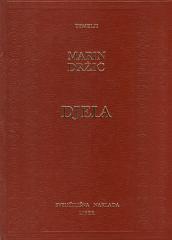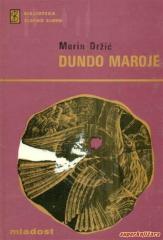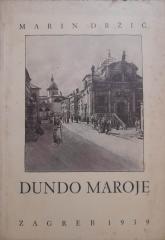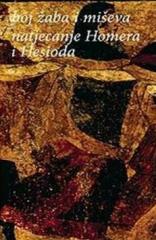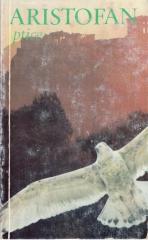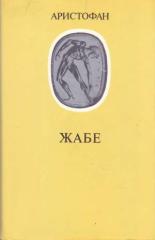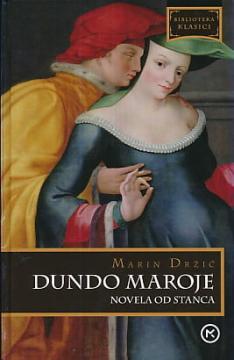
Dundo Maroje / Novela od Stanca
"Dundo Maroje" (1551), a comedy by Marin Držić, is considered the pinnacle of Croatian Renaissance literature. The plot is set in Dubrovnik and Rome, and follows the conflict between the father Dundo Maroje and his son Maroje, who spends his father's money on a luxurious life. Maroje, a young Dubrovnik man, embarks on love and financial adventures in Rome, while his father tries to get him back on the right path. The comedy abounds in humor, intrigue, and colorful characters: Maroje's lover Laura, the servant Bokčilo, who manipulates the situation, and various merchants and swindlers. Držić uses satire to depict the clash of generations, greed, and hypocrisy, but also celebrates the freedom and wit of Dubrovnik. The ending brings reconciliation, but not without comic twists. The work is written in luscious language, mixing vernacular speech and Renaissance motifs, making it a colorful depiction of 16th-century society.
"The Novel of Stanac" (1550) is a short prose story, one of the first novellas in Croatian literature, filled with Renaissance humor and irony. Set in Dubrovnik, it tells the story of Stanac, a poor young man who falls in love with a rich girl, Ana. In order to win her affection, Stanac pretends to be rich, which leads to a series of comic situations. His lies and tricks are discovered, but Stanac still manages to win Ana over thanks to his ingenuity. Through the story, Držić ridicules social differences, greed, and pretense, while at the same time celebrating youthful resourcefulness. The language is lively, full of folk expressions, which makes the story relatable to the reader. The work reflects Renaissance optimism and faith in the human ability to overcome obstacles.
One copy is available
